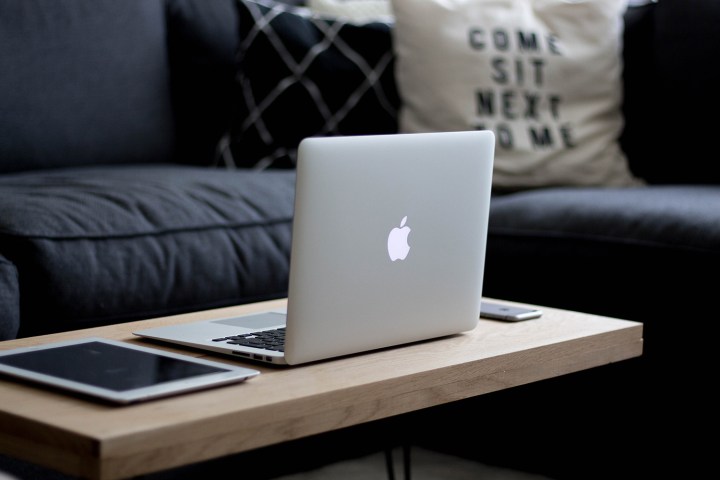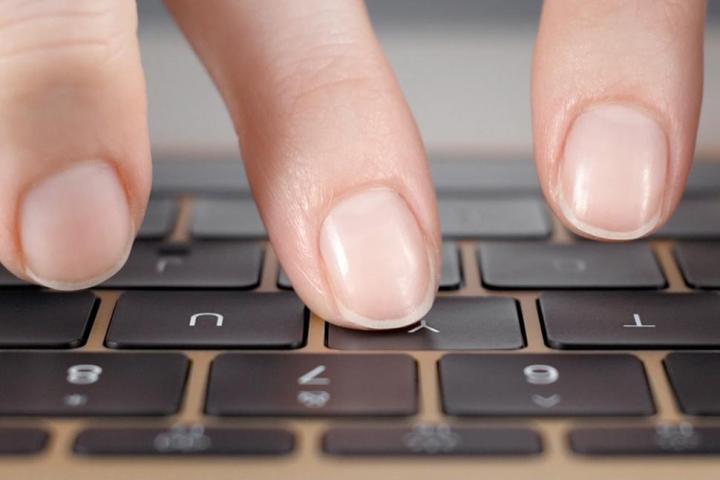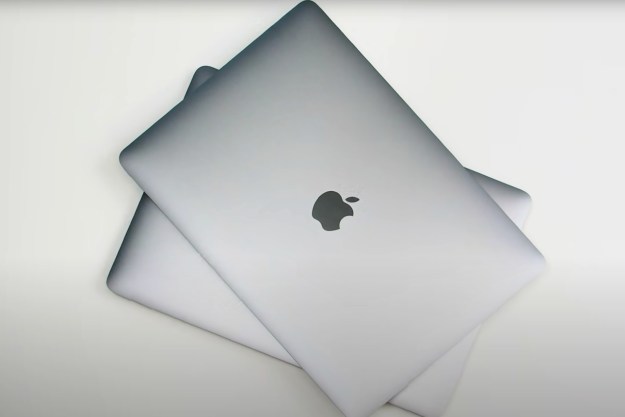
Fortunately, there are ways to enable your lock screen and control it with shortcuts and commands. Don’t worry about stepping away from your Mac ever again! Just follow our guide and learn how to lock a Mac.
Set a password lock
Some Mac devices don’t automatically lock when you put them to sleep. All someone has to do is tap a key, and the computer will pop back on again. This can be a problem if you don’t regularly log out but still want to protect your data! To solve the problem, you have to turn your sleep screen into a lock screen. Fortunately, this is an easy change to make — here’s what to do.

Step 1: Start by going to System Preferences. You can either search for it, or go to your Apple Menu and select the gear icon.
Step 2: From here select Security & Privacy. When this window opens, make sure that you are in the General section, which should be the first tab.
Step 3: The first section in General is all about your passwords. You will see several checkboxes that can be checked here. The first option says “Require password after sleep or screen saver begins.” Choose this option.
Step 4: There’s a dropdown menu that allows you to choose when the lock function engages, anywhere from a few seconds to eight hours. Choose the option that makes the most sense for you—for example, if your screensaver frequently comes on while you’re thinking, you may want the lock screen to wait several seconds before engaging. If you want an immediate lock screen, then choose the “Immediately” option. There you go!
Since this lock also affects screensavers, you may want to pay a visit to your screensaver settings and make sure that they are acceptable, with the knowledge that you will have to type in your password every time it turns on.
In addition, if you try to make any other changes to your passwords, including changing the time or turn the lock screen off, you’ll need to input the password. Only try this if you know the password for the profile that you’re on.
Use shortcuts

Now you’ve turned on the lock screen for your computer! But do you want to make things even easier? There are shortcuts that can help out if you don’t want to manually put your Mac to sleep every time you leave it. This can be handy if you are jumping up to run to the bathroom, but still want to be safe (and you don’t have a MacBook where you can just shut the lid).
The shortcut for putting your Mac to sleep is Control, Shift, and the Power Button. If you have an older MacBook or Mac keyboard, you can use hold Control, Shift, and the Media Eject button. Hold these three keys down, and your computer will immediately slip into its sleep state.
If you like this shortcut, practice it a bit, and start using it when you get up. But be careful! Other similar shortcuts will automatically quit all your apps or shut down your Mac. You don’t want your fingers to slip and find out you just lost work.
Lock individual documents

If you are seriously worried about someone messing with your work, you can go a step further and lock individual documents. Right click on any specific document, and choose Get Info. This will bring up a window with a number of options for changing the document. If you want to make it read-only, select Locked.
If you want to lock an open document, right click the document title at the top of the window instead. If you want to change permissions, go to Share & Permissions, and choose which profiles can change the document. There are other ways to protect documents, but this is one of the simplest if you are short on time.
Editors' Recommendations
- Best Apple deals: Save on AirPods, Apple Watch, iPad, MacBook
- The 5 best MacBooks for video editing in 2024
- MacBook Pro 16 vs. MacBook Pro 14: The important differences
- How Vision Pro tech could come to the Mac
- Does your Mac really need antivirus software? We asked the experts




